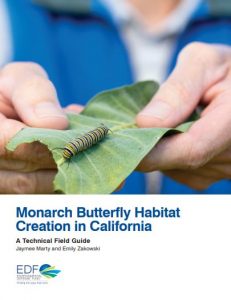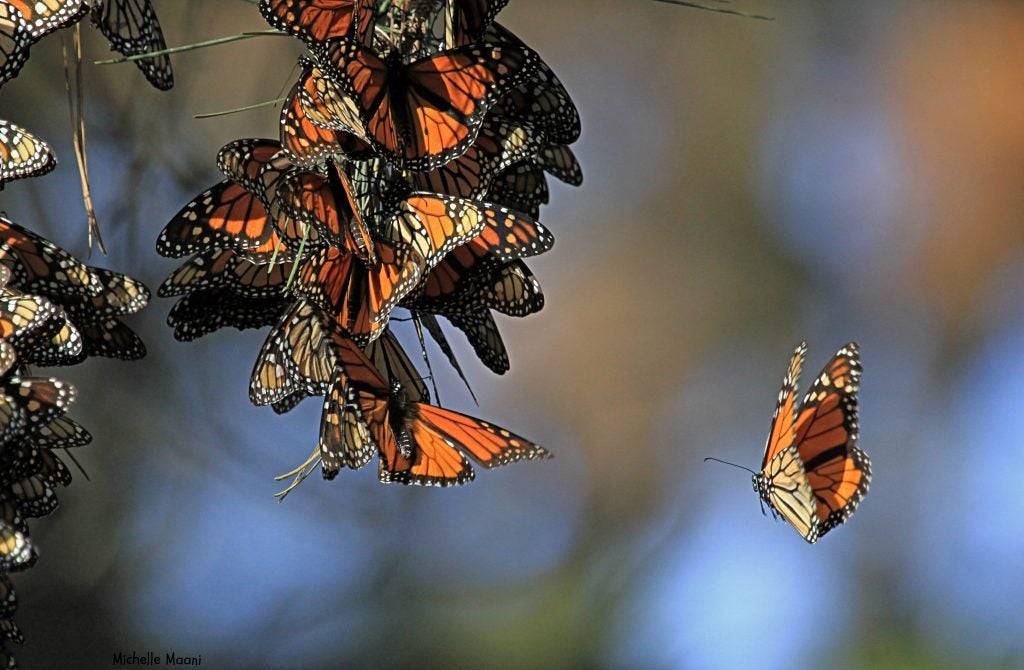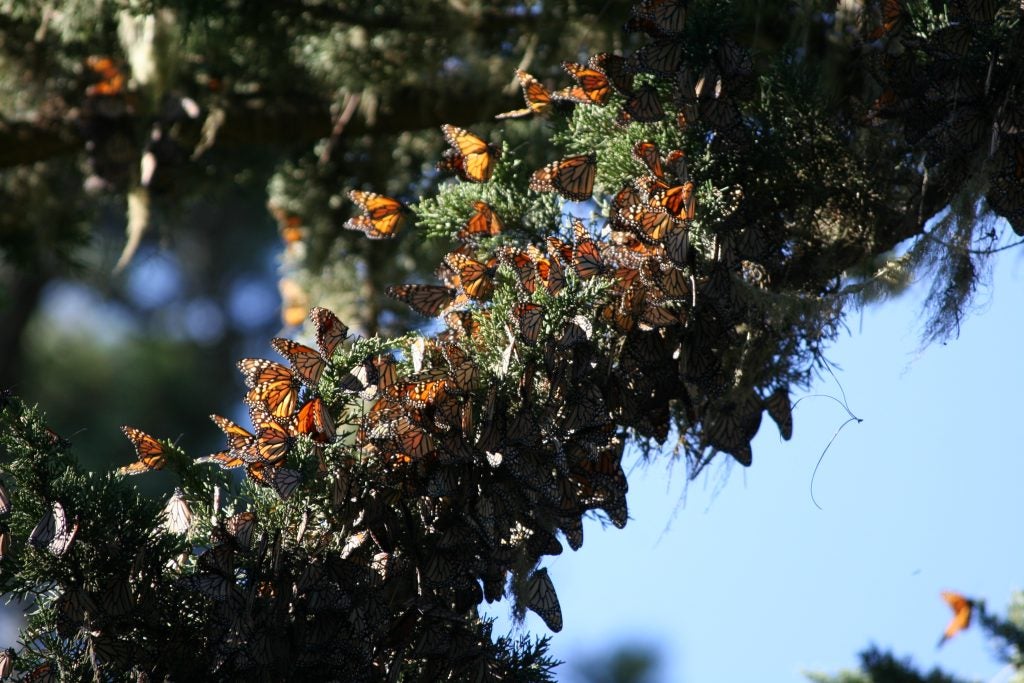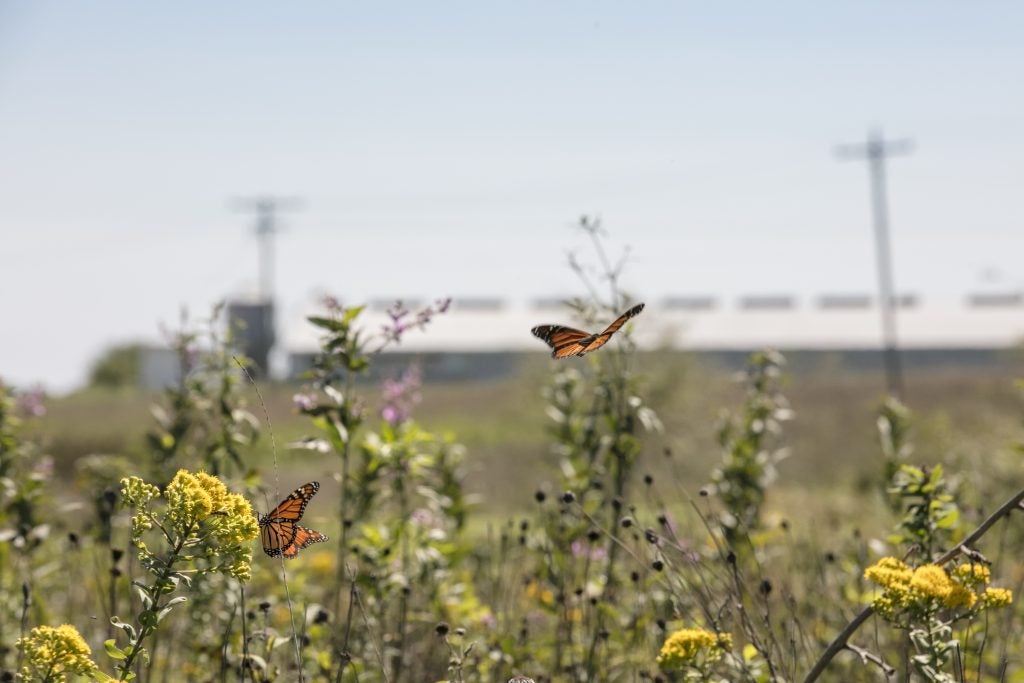The U.S. Fish and Wildlife Service delayed its decision about whether to list the monarch butterfly as endangered or threatened until December 2020 — 18 months later than the original deadline of June 2019.
Because the original deadline resulted from a litigation settlement, this extension had to be approved by federal courts and the other parties to the litigation. While certainty about a regulatory decision of this scope is always beneficial, this mutually agreed upon delay creates an opportunity that shouldn’t be missed.
Here’s what farmers, ranchers and their partners need to know about how the delay will impact monarch conservation efforts. Read More





